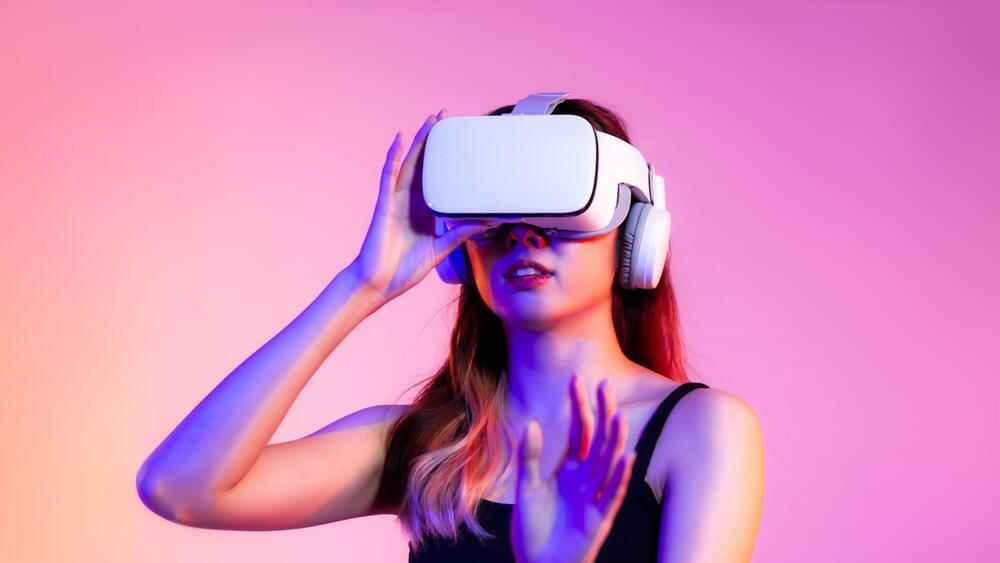Solving a notorious quantum quandary could require abandoning some of science’s most cherished assumptions about the physical world.
A decent vid concerning the current space ideas. There are just a few misconceptions (You do not need the Moon to get to Mars) and generalities (There are many more than thousands of asteroids), but otherwise not bad.
Modern space exploration and the global competition to Mars sparks civil and military innovation.
» Subscribe to NBC News: http://nbcnews.to/SubscribeToNBC
» Watch more NBC video: http://bit.ly/MoreNBCNews.
NBC News Digital is a collection of innovative and powerful news brands that deliver compelling, diverse and engaging news stories. NBC News Digital features NBCNews.com, MSNBC.com, TODAY.com, Nightly News, Meet the Press, Dateline, and the existing apps and digital extensions of these respective properties. We deliver the best in breaking news, live video coverage, original journalism and segments from your favorite NBC News Shows.
Connect with NBC News Online!
The Forever Healthy Foundation is pleased to announce the second edition of the Rejuvenation Startup Summit, following the inaugural Rejuvenation Startup Summit in 2022 with more than 400 participants from over 30 countries. It will take place on 10–11 May 2024 in Berlin. The Rejuvenation Startup Summit is the world’s largest in-person gathering of longevity startups. It brings together startups, members of the longevity venture capital / investor ecosystem, and researchers interested in starting or joining a startup – all with the goal of accelerating the development of the rejuvenation biotech industry.
At Blueprint we’ve explored and evaluated hundreds of anti-aging therapies.
Recently, we had a daring idea: what if my father, son and I completed the world’s first ever multi-generational plasma exchange?
Plasma is the yellowish, liquid part of your blood. There is emerging evidence that plasma exchanges may offer various health benefits.
Nervous but excited, we travelled to a transfusion centre in Dallas Texas to make it happen.
🧪 WHAT IS BLUEPRINT
I’ve invested millions of dollars building the world’s leading anti-aging protocol, becoming the most measured human in history. Blueprint is an algorithm, built by science, that takes better care of me than I can myself.
And it’s available to you for free. Check out the Blueprint website for recipes, exercise, and other protocols. Become the next evolution of human.
The Solar powered Aptera can replenish up to 40 miles a day with built in solar panels all over the exterior. Get $30 dollars off your Aptera pre-order with this link: https://lz953.isrefer.com/go/preorder/a107820 The Aptera has a top speed of 110mph and a 0–60 of 4 seconds — the future is going to be fun.
Perspective from a very-educated layman. Er, laywoman.
This is Hello, Computer, a series of interviews carried out in 2023 at a time when artificial intelligence appears to be going everywhere, all at once.
Sabine Hossenfelder is a German theoretical physicist, science communicator, author, musician, and YouTuber. She is the author of Lost in Math: How beauty leads physics astray, which explores the concept of elegance in fundamental physics and cosmology, and of Existential Physics: A scientist’s guide to life’s biggest questions.
Sabine has published more than 80 research papers in the foundations of physics, from cosmology to quantum foundations and particle physics. Her writing has appeared in Scientific American, Nautilus, The New York Times, and The Guardian.
Sabine also works as a freelance popular science writer and runs the YouTube channel Science Without the Gobbledygook, where she talks about recent scientific developments and debunks hype, and a separate YouTube channel for music she writes and records.
A new protein discovery may have highlighted a ‘switch’ in brain cells that slows down inflammation and aging.
The other day a friend proudly told me she wrote a heartwarming graduation card to her teenage son. “Okay,” she confessed. “I
How long was your card? I asked her.
Not only that, but many also couldn’t even generate a topic on their own. They lacked creativity to dream up their own ideas, much less the critical thinking skills to put themselves in the shoes of their audience, imagining what would land. But they all had 4.0 GPAs or higher and came from private schools in Orange County and LA, reflecting our watered-down educational system.
And now we’re being told ChatGPT is a boon for our students?
Despite these concerns, our best days are ahead of us. As a positive futurist, I see the AI surge as a wakeup call. Especially in corporate America. For too long, we’ve outsourced too much. As just one example, the COVID-19 pandemic exposed how reliant we are on countries like China for manufacturing, including our critical medical supply chain.
According to the Financial Times, Meta is in talks with Magic Leap, an AR headset company, to look into licensing the latter’s tech.
Meta is reportedly in talks with a company called Magic Leap with an eye to a partnership that could see Meta developing its alternative reality (AR) headset in the future.
According to the Financial Times, the two are negotiating a multi-year intellectual property (IP) and manufacturing alliance. The report’s timing is significant for a few reasons.
With LIMA, Meta’s AI researchers introduce a new language model that achieves GPT-4 and Bard level performance in test scenarios, albeit fine-tuned with relatively few examples.
LIMA stands for “Less is More for Alignment,” and the name hints at the model’s function: It is intended to show that with an extensively pre-trained AI model, a few examples are sufficient to achieve high-quality results.
Few examples in this case means that Meta manually selected 1,000 diverse prompts and their output from sources such as other research papers, WikiHow, StackExchange, and Reddit.









